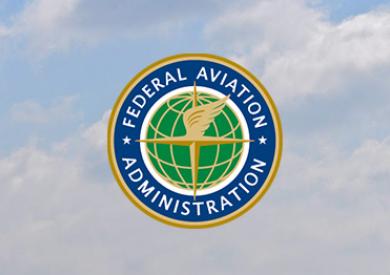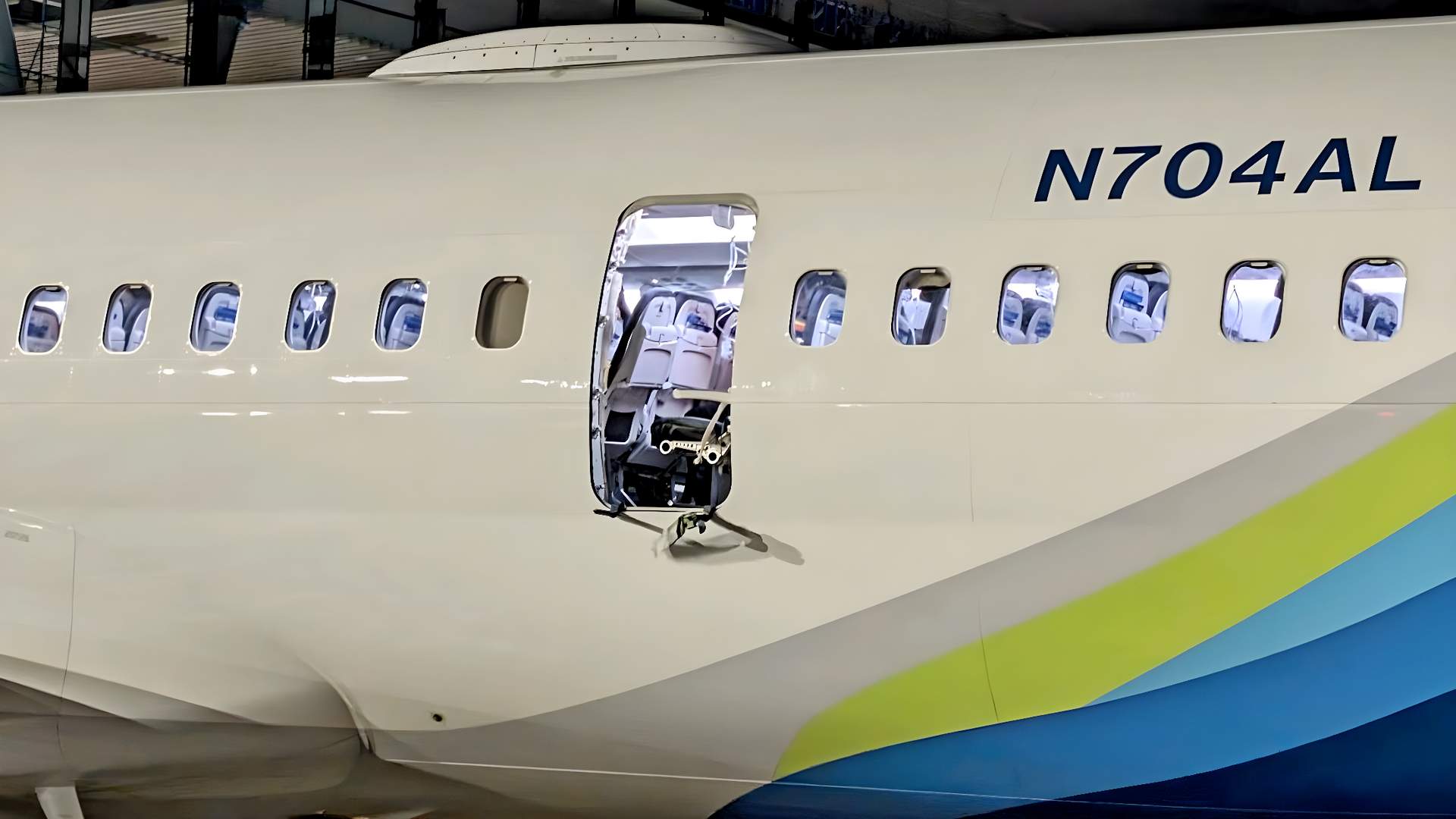Aircraft certification has been under intense scrutiny over the past few weeks due to an Alaska Airlines 737-MAX 9 aircraft losing its door mid-flight. The Federal Aviation Administration has strict polices on verifying aircraft safety, which usually entails years of extra time from prototypes to production. However, these requirements could hinder the sustainable aviation movement.
Much of this blog has covered new aircraft types, designs, and propulsion systems. Despite the remarkable improvement in the past few decades, not much sustainability has entered the commercial market. An important reason that green tech is often takes too long to certify due to the FAA’s methods. The cost and time that it takes for new aviation improvements to be verified is far too long for airlines.

Instead of in-depth verification for every single part of an aircraft, I believe that the FAA should focus on “vulnerable” parts. This would include wings, engines, and other high-risk equipment. I believe this change would have two effects: defects such as the doors on the MAX 9 would be caught earlier, and new sustainable technology, especially in fuel, would arrive on the market sooner. To ensure even entirely new designs can be produced in a smaller timeframe, the FAA should streamline its process. I believe this entails working with manufacturers while the plane is being produced.
While aviation is one of the safest industries in the world, the rate of progress tends to be slow. I believe by revamping the FAA’s current system, we could maintain standards while also improving the rate of technological progress.

xtEviJuoyak
XujdaikepcnMsAN
KfgxwIVQAMndLpOi
hEjGXQFonCSdsuTJ
uadjqTwHnLyQkps
bFTkfPgcqamoiRWH
wg0qtj